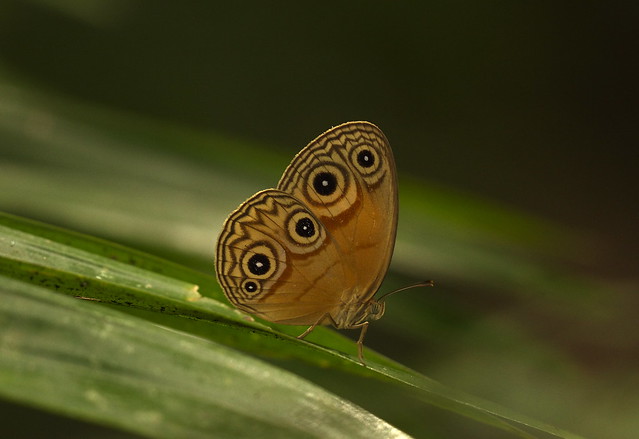Yes, I noticed it from VW & de J. Thanks Les.
DÁbrera illustrated the O. medus with only two and 3 ocelli on undersides of forewing and hindwing respectively.
Teo T P
(Additional note: Tornal ocellus is not the mean key for seperating the genera Mycalesis and Orsotriaena (C&P 4 page 118) and this is one reason why I don't want to id it.)





 Reply With Quote
Reply With Quote

 Duly corrected.
Duly corrected.


